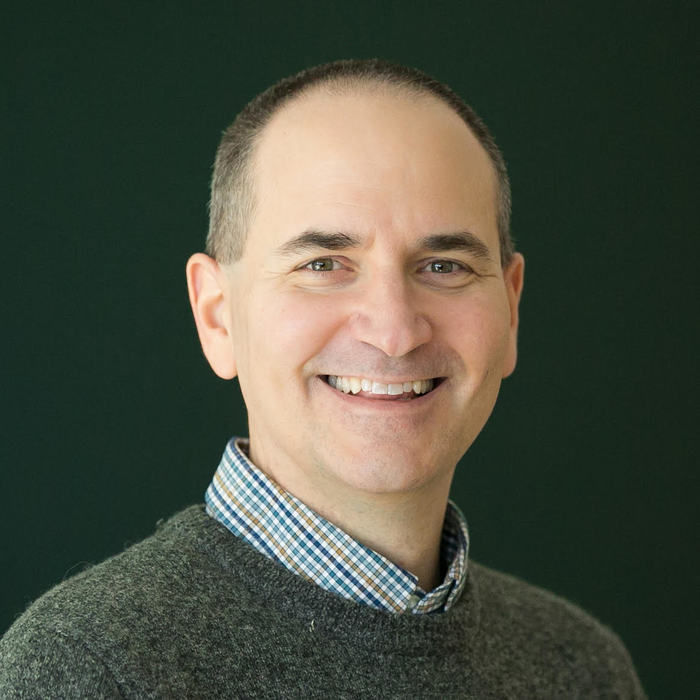
Educators everywhere have begun to offer flexible seating options in classrooms. They understand that a one-size-fits-all desk and chair does not, in fact, fit everyone. As a result, educators are moving toward a more flexible design for the entire learning space.
Lighting, work surfaces and the ability to transform a space based on the needs of the moment all become considerations. The following 10 parameters can help build flexibility into the design of learning spaces:
- locations where students can choose to work independently
- locations where students can choose to work in small groups
- locations where students can choose to work in large or whole groups
- movable and adjustable furniture that can seamlessly transform to fit the needs of the educational experience at any given time
- work surfaces at three (or more) different heights, including low, medium and high options
- work surfaces at horizontal, vertical or adjustable angles
- furniture used for multiple purposes
- soft and hard seating options
- options for natural or soft sources of light
- clutter-free learning spaces
Designing spaces for inclusivity
Many educators who have adopted flexible learning spaces report that students with disabilities are more naturally included.
Visitors and substitutes walking into the classroom can’t immediately determine who has a disability and who does not. That’s because when all students, including those with disabilities, get to choose where they want to work and where they want to sit, stand or lie down to accomplish that work, they get what they need to become masters of their own learning.
Read: Voices in Tech: Flexible classroom designs aid STEM learning
Educators, including paraprofessionals, can move throughout the space guiding and coaching everyone. Everyone is just working, in groups or independently, to master what they are learning.
Redesigning learning experiences
Once an educator works to build a flexible learning space and sees positive results, inevitably, another question arises: “What else can I make more flexible?” An educator might start to question long-standing assumptions about grading, class rules, behavior, discipline and more. This self-reflection is a large step toward adopting a more inclusive mindset.
An educator might look at every aspect of the learning experience and consider how to meet the needs of individuals with disabilities. The most efficient way to meet the needs of all learners is to design the experience from that perspective.
Among the questions that inclusive educators ask are:
- Does every learner need to do the same thing, or did I build in flexibility?
- If I were a learner taking part in this lesson, would I choose to participate? Would I want to be there?
- Do learners choose the tools they use?
- Is movement built into the design (and not just included during breaks between lessons)?
- Can every learner access the materials in the way they are presented?
- Do students have their choice in modality, including a visual, auditory and tactile option?
Taking the next steps
At the heart of inclusive design is flexibility. Like peanut butter and chocolate, flexibility and inclusivity go hand in hand. The more flexible the learning space, the more inclusive it becomes. When an environment becomes more flexible, so do the people within it.
Educators and students alike can begin to think of inclusion as the norm, rather than something for which to strive.
What changes can you make to learning spaces in your building, and to the overall design of the educational experiences you are creating, so they are more flexible and inclusive for everyone?
Christopher Bugaj is an inclusive design coach and author. He’s a founding member of the assistive technology team at Loudoun County Public Schools in Virginia, and he’s a presenter for DA’s Future of Education Technology Conference, to be held January 14-17, 2020, in Miami.







